Cultivating and growing various plants under your cypress tree creates a mini interactive ecosystem that benefits all components. If you're wondering which plants grow well with Cypress trees, we've found some excellent examples for you. This article includes the ideal species and their effects, optimizing the environment and promoting growth and development while being able to sustain itself.
Choose companion plants that are well-suited and compatible with the growing conditions of Cypress trees. Your best options are acidic plants that thrive well in shade and dry soil. Consider selecting perennials, ground covers, and small shrubs.
- Daffodils
- Grape Hyacinth
- Columbine
- Wintergreen
- Rhododendron
- Lady Fern
- Hostas
- Comfrey
- Dandelion
Trees, plants, and shrubs will grow healthier if planted along with vegetation that complements and creates an ecosystem that benefits all organisms. Cypress trees have specific nutritional and environmental needs that can be met with the appropriate companion plants. Read on and find out what plants grow best with your cypress.
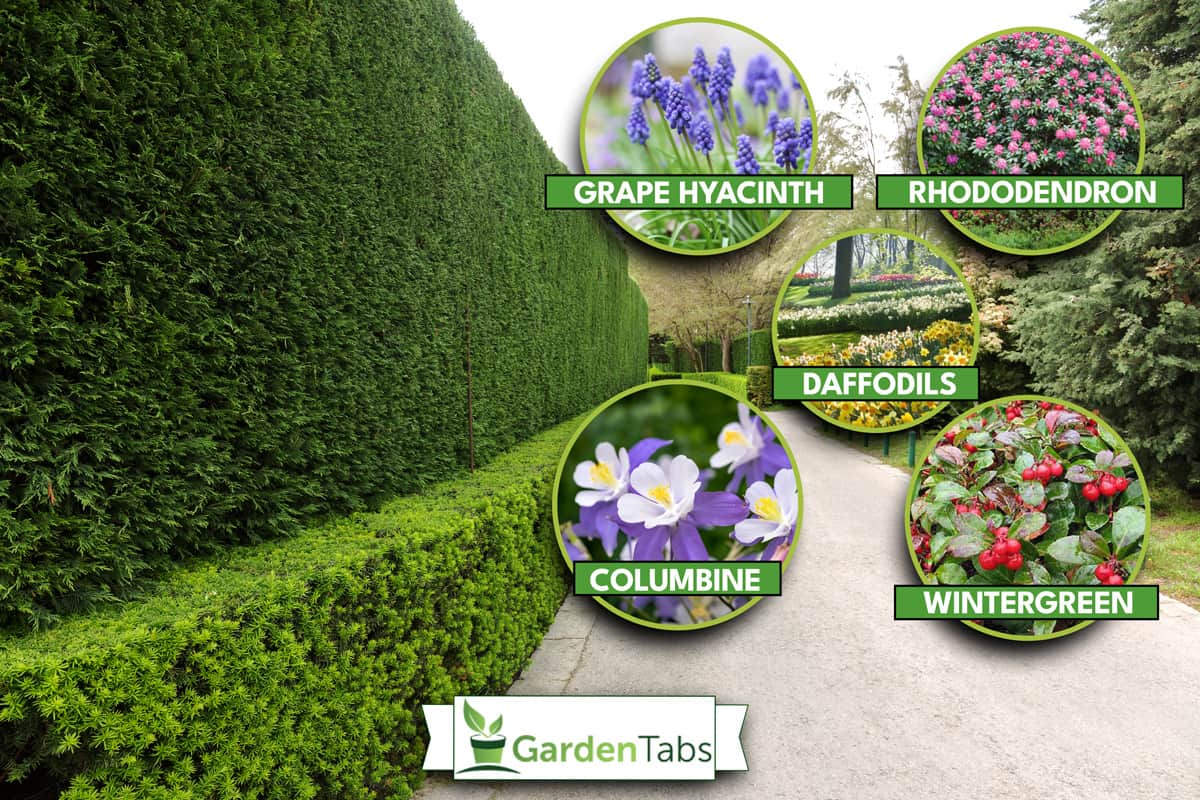
Permaculture, Tree Guilds, And Underplants
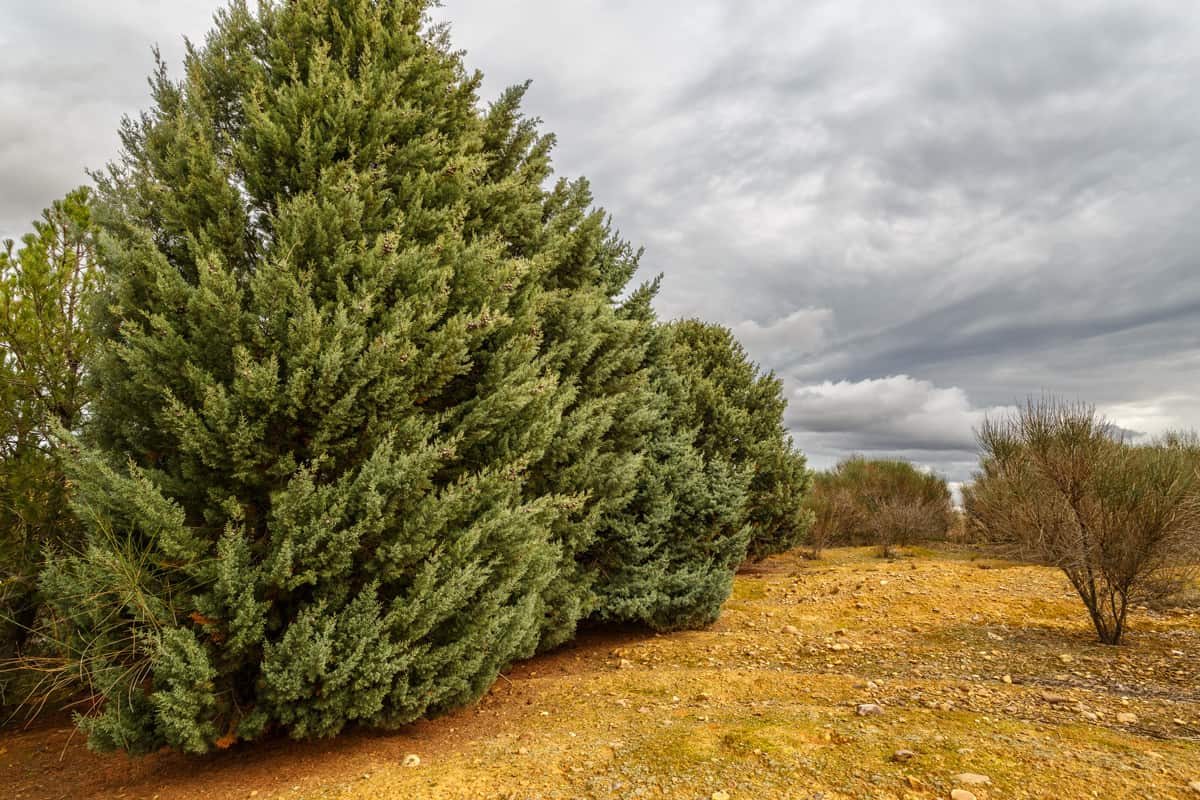
Surrounding trees with other plants is the basic principle of permaculture. It is a method of observing which group of vegetation grows naturally together in an uncontrolled environment. That ecosystem is simulated on a smaller scale, like a garden, to recreate a tree guild which is comprised of plants that complement and benefit each other.
A central tree, like your Cypress, is surrounded by various flora, referred to as underplants, that improve the environment and growth conditions. Depending on the species, underplants release nutrients and attract beneficial organisms like bees and butterflies to repel certain pests and suppress weed growth.
Categories Of Underplants
- Accumulators
- Attractors
- Fixers Or Fertilizers
- Mulches
- Suppressors
- Repellers
Attractors And Repellers
Attractors are plants that attract beneficial insects, which are essential in the pollination process. These flowering perennials also entice or draw in insects that feed on pests such as caterpillars, aphids, flies, and beetles, and as such, protect your tree and plants from infestations.
Repellers basically emit a scent that wards off insects and animals that may harm your tree guild. Rodents, deer, and other small animals tend to feed on the lush foliage and fruits of perennials and may cause considerable damage to the bark of trees, making them susceptible to pests and parasites.
Flowering
Daffodils (Repellers)
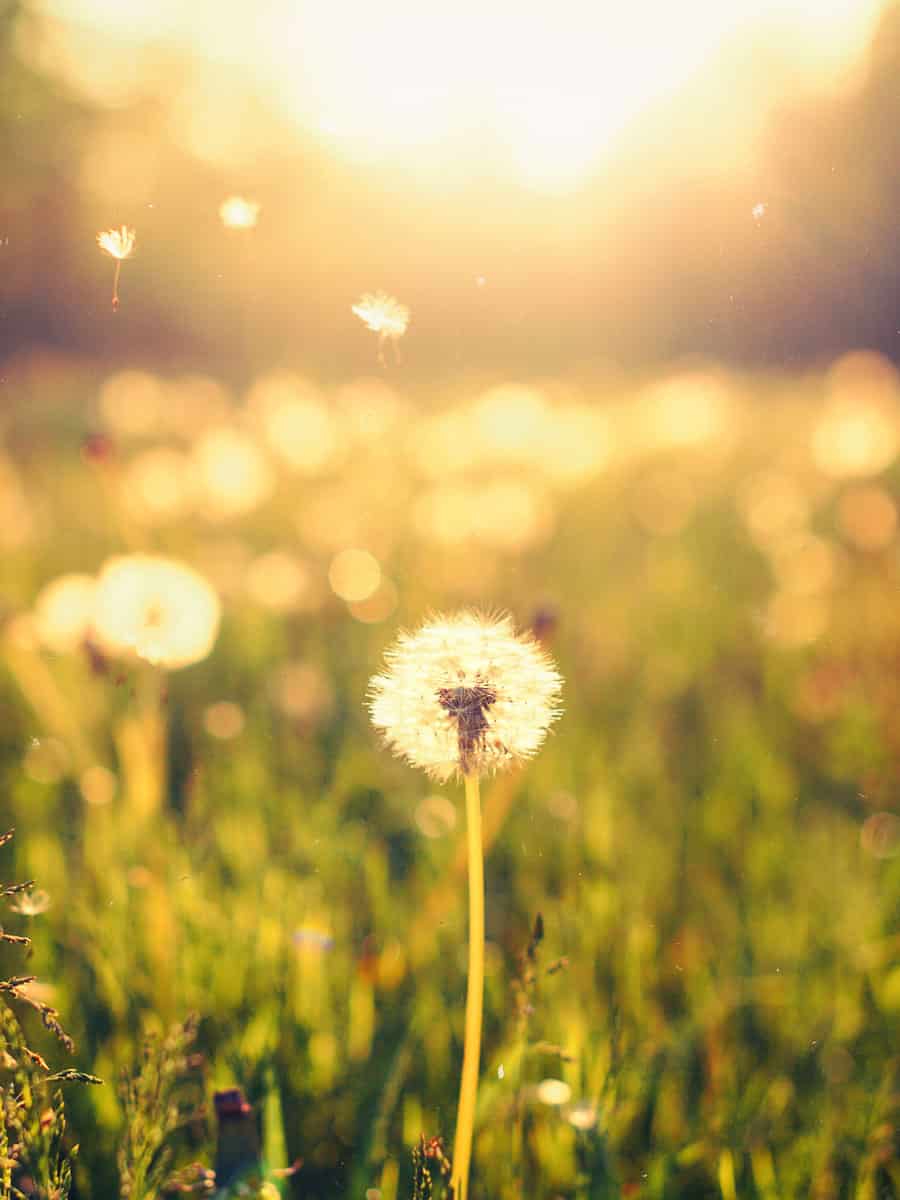
Daffodils, also known as Narcissus, are perennials that produce vibrant flowers with pastel shades of yellow, white, pink, and orange. They generally grow under various kinds of trees and are considered to be hardy plants that will thrive well in woodland gardens, making them adaptive to the natural environment of Cypress trees.
It prefers slightly fertile and well-drained loam, clay, and sand-based acidic soils with a pH level of just under 6.0.
Gardeners are quite fond of this plant since the bulbs and leaves contain poisonous crystals that repel squirrels, deer, and rodents. They contain toxins that can irritate the soft tissues in their mouths.
It is ideal to plant your daffodils in the fall when ground temperatures range from 60 to 65 degrees Fahrenheit. This is because the bulbs require the coldness of the winter months for their roots to form and develop while preparing for spring flowering.
Grape Hyacinth (Attractors And Repellers)
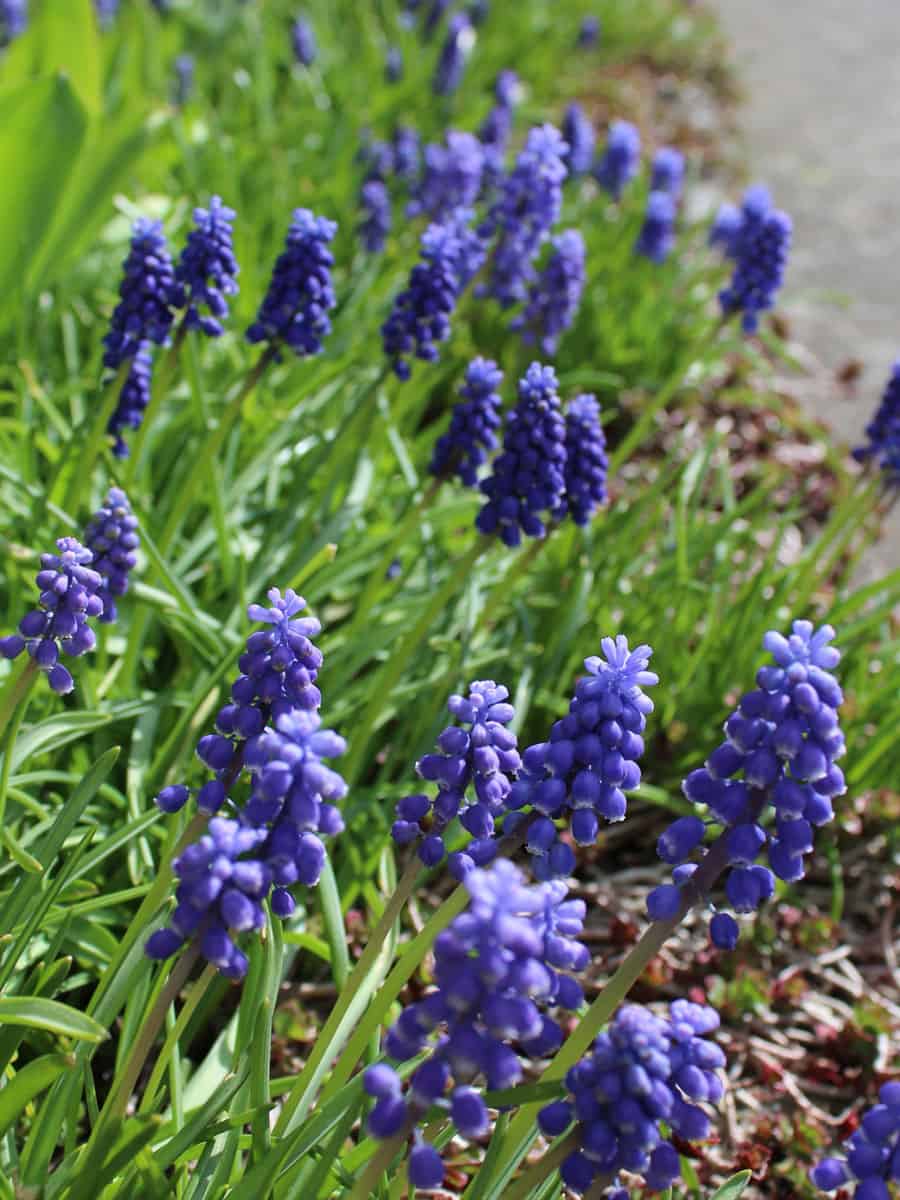
Grape Hyacinths, also referred to as Muscari Armeniacum, are perennial bulbs that display upside-down clusters of small bell-shaped blue flowers. Most have a strong fragrant grassy or grapey scent. Blades of vibrant leaves grow from the base and wilt after flowering.
They are attractive to various pollinators, especially with the hairy-footed flower bees. These insects are important in the process of pollination and in keeping the balance in your mini ecosystem.
Grape hyacinths repel deer and small animals because of the scent these plants emit. They also contain natural toxins which are quite poisonous when ingested. This makes it ideal to place them in front of your guild.
The plant itself is seen growing under the canopy of pine trees, and is considered to be relatively easy to care for. It is best grown in partial shade and in well-drained clay, loamy, or sandy acidic soils, but tolerates slightly alkaline as well.
Columbine (Repellers)

Columbine, also referred to as Aquilegia and granny's bonnet, produces bell-shaped flowers in various shades of reds, purples, oranges, yellows, and even bi-colors! It multiplies rapidly through self-seeding.
While the colors of the flowers are attractive to birds, butterflies, bees, and other pollinators, they are a warning sign for deer. This plant basically has poisonous roots, making the entire plant toxic to deer, small animals, and humans.
All columbines thrive well when planted under cypress trees. However, it is still suggested to select natural species rather than those that are cultivated.
Accumulators And Suppressors
Accumulators are plants that have deep-seated roots. Due to this, they can harvest nutrients available underneath the ground, and transport them back to the surface for other plants to use. Potassium, sulfur, magnesium, and other minerals are lists of some nutrients they absorb.
Planting accumulators near the tree is advisable because the roots grow deep and will not compete with the tree for water and nutrients.
Suppressors function as a mulch that keeps the soil moist and regulates temperature around the base of the tree. They also prevent grass and weed growth so that your tree and its surrounding plants will not compete for nutrients available in the soil.
Small Shrubs
Wintergreen (Accumulators And Suppressors)
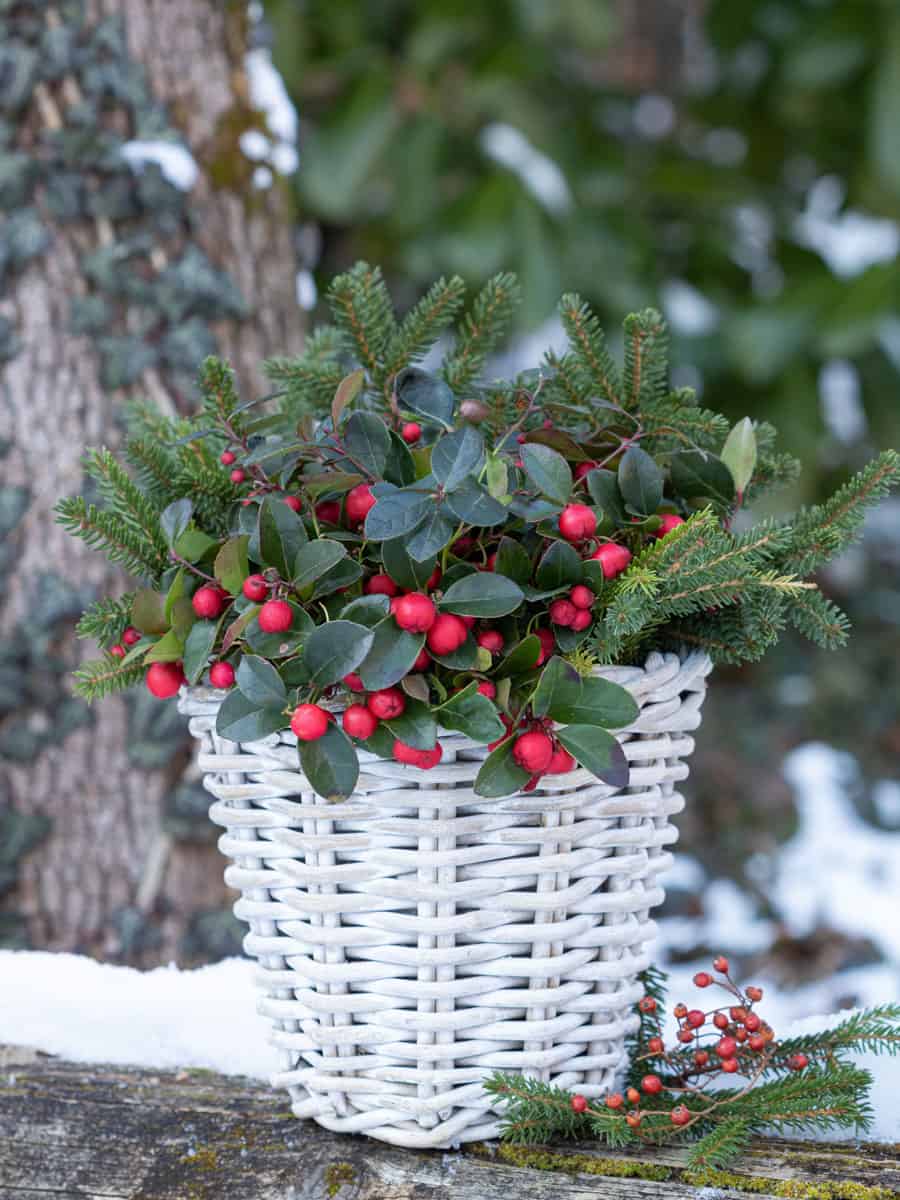
Wintergreen, also referred to as Gaultheria and Eastern Teaberry, is a shrub that is famous for its minty scent, has evergreen lush foliage, and displays vibrant white flowers that produce red berries in the fall.
This shrub also functions as a great ground cover under pine trees and thrives in full to partial shade and in acidic soils. It requires moist environments, so make sure to hydrate the plant once a week.
Rhododendron (Suppressors)

Rhododendrons also referred to as red trees because of their red flowers and woody growth, have lush blue or green foliage. Depending on the variety, the shades of petals range from purple, orange, white, pink, and yellow.
Ground Cover Plants
Ground cover plants are actually a form of living mulch that provides your tree with several benefits. Primarily they provide certain nutrients that enrich the soil, retain moisture, regulate ground temperature, and suppress weed growth.
Lady Fern

Lady fern or Athyrium filix-femina is fast growing and adaptable species that perfectly blends with other woodland plants. It is best grown under trees that provide shade since ferns thrive best below a canopy of foliage. It is easy to cultivate and maintain since it is more tolerant to dry soil compared to other varieties.
Hostas
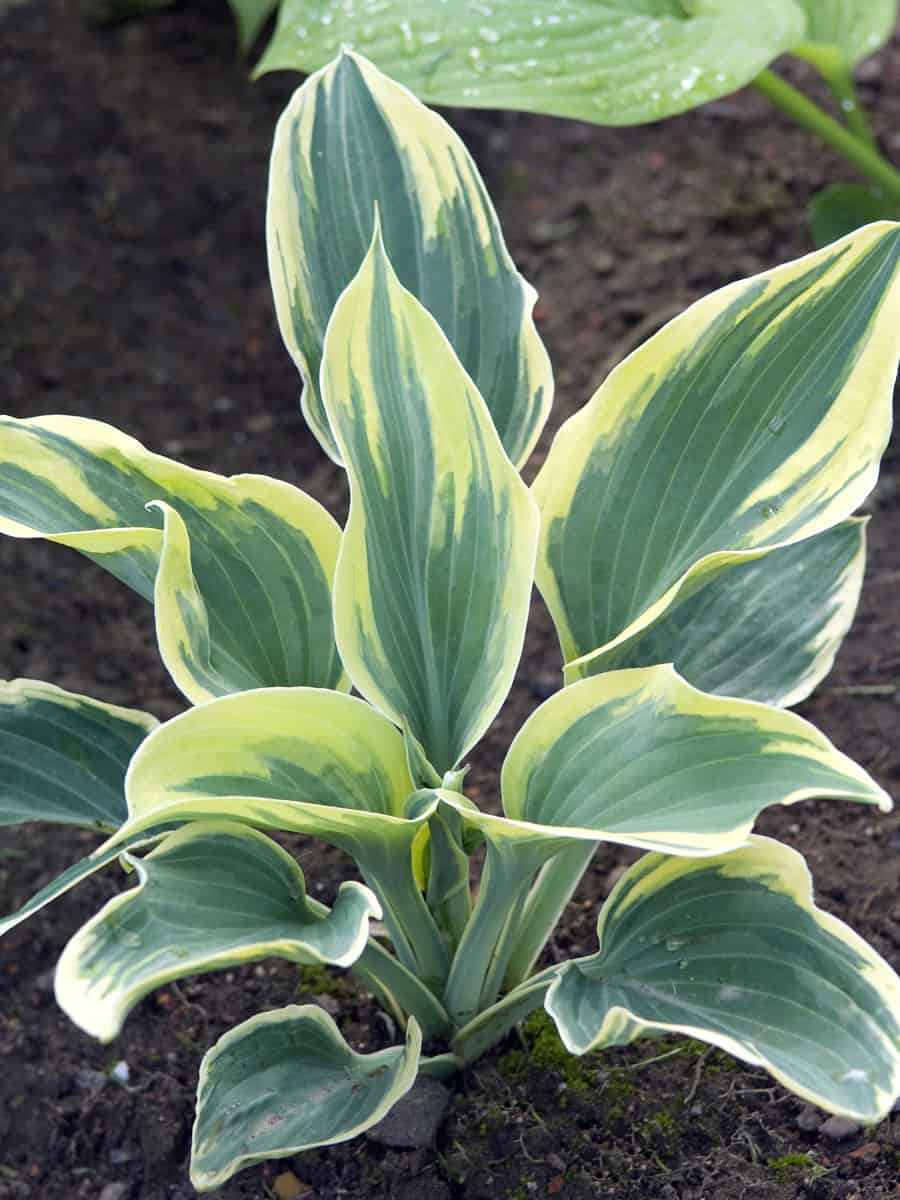
Hostas feature deep green lush foliage that blends well with flowering plants and shrubs. Hosta plants are adaptive to most soil conditions once they have become established and continue their horizontal growth for years. One notable fact about the plant is that its low-lying growth pattern provides shade and habitat for beneficial insects and other organisms.
Fixers Or Fertilizers
Nitrogen is the most important element for plant growth due to the role it plays in photosynthesis, it also acts as the building block of plant tissue during active development. However, nitrogen in the air cannot be absorbed and utilized directly by plants, they have to be converted to ammonia and nitrates in the soil.
That is the role of fixers, plants that convert nitrogen into absorbable form for the plant to use.
Comfrey

Comfrey or Symphytum is a perennial flowering plant that features dark pointed leaves and tiny bell-shaped flowers. Aside from their nitrogen fixing characteristic, they also attract bees and other pollinators.
Comfreys thrive well in loamy, well-draining soil, can tolerate full sun exposure or partial shade, and moist and neutral ground pH. Comfrey's long roots draw nitrogen and other nutrients from deep into the soil and deposit a portion of it into the surface.
Dandelion
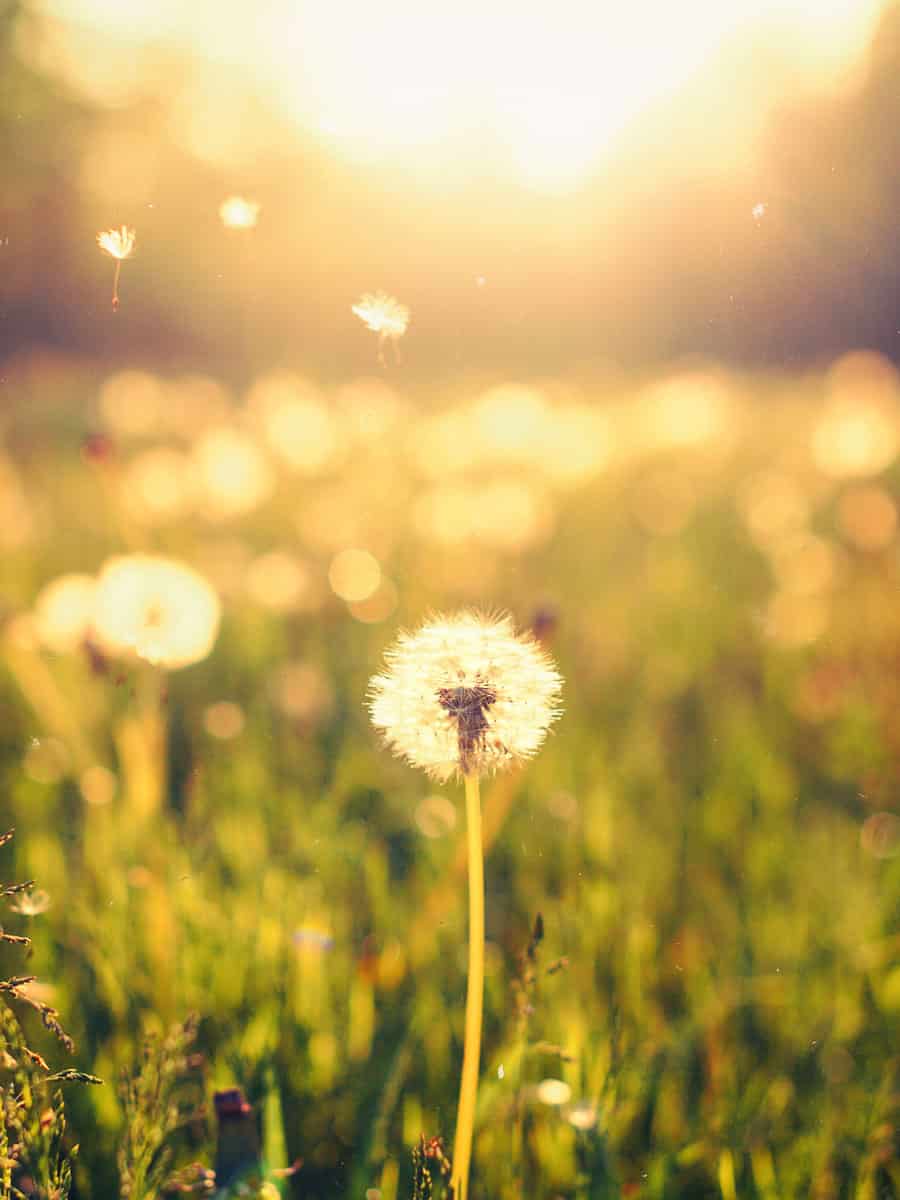
Dandelions are capped by bright yellow flowers that open with sunlight and close in the evening. It is a short-lived perennial that grows in all soil types and environments.
Due to its rapid growth and spread, some gardeners and horticulturists consider them as weeds. However, provide excellent ground cover that maintains soil moisture and temperature. Aside from their nitrogen-fixing properties, dandelions attract pollinators like bees and butterflies.
What To Plant Under Leyland Cypress?
Before we proceed with the various plants to grow under Leyland cypress, it is best to consider the environment, and know the general development needs of the tree. It typically prefers dry and acidic soil with full sunlight exposure per day. It does not thrive in moist or damp ecosystems.
With this being said, the plants underneath must cater to the needs of the tree. They should be able to grow in acidic soils, prefer indirect light or partial shade, and do not develop well in wet or moist environments.
Here are the lists of companion plants:
- Azaleas
- Brunnera
- Caladium
- Daffodils
- Hosta
- Rhododendrons
- Tulips
Do You Prune Cypress Trees?
If you plan to freshen or restore your cypress, you can do so as long as it follows the appropriate season because excessive pruning does considerable damage to your tree.
Cutting off dead, broken, and diseases branches should be done immediately, however, pruning can be done before the start of new growth (spring), late spring, and early summer.
In Closing
Your cypress will benefit from companion plants because they provide nutrients, attract pollinators, repel pests, and replicate its natural environment which is very beneficial to the survival of your tree. We hope this article proved to be insightful.
